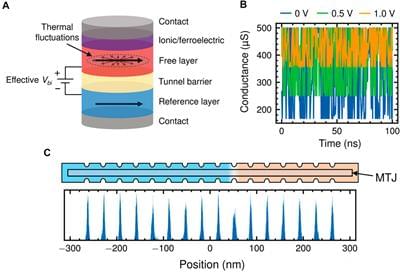Mar 27, 2024
Transcerebral information coordination in directional hippocampus-prefrontal cortex network during working memory based on bimodal neural electrical signals
Posted by Dan Breeden in categories: information science, neuroscience
Working memory (WM) is a kind of advanced cognitive function, which requires the participation and cooperation of multiple brain regions. Hippocampus and prefrontal cortex are the main responsible brain regions for WM. Exploring information coordination between hippocampus and prefrontal cortex during WM is a frontier problem in cognitive neuroscience. In this paper, an advanced information theory analysis based on bimodal neural electrical signals (local field potentials, LFPs and spikes) was employed to characterize the transcerebral information coordination across the two brain regions. Firstly, LFPs and spikes were recorded simultaneously from rat hippocampus and prefrontal cortex during the WM task by using multi-channel in vivo recording technique. Then, from the perspective of information theory, directional hippocampus-prefrontal cortex networks were constructed by using transfer entropy algorithm based on spectral coherence between LFPs and spikes. Finally, transcerebral coordination of bimodal information at the brain-network level was investigated during acquisition and performance of the WM task. The results show that the transfer entropy in directional hippocampus-prefrontal cortex networks is related to the acquisition and performance of WM. During the acquisition of WM, the information flow, local information transmission ability and information transmission efficiency of the directional hippocampus-prefrontal networks increase over learning days. During the performance of WM, the transfer entropy from the hippocampus to prefrontal cortex plays a leading role for bimodal information coordination across brain regions and hippocampus has a driving effect on prefrontal cortex. Furthermore, bimodal information coordination in the hippocampus → prefrontal cortex network could predict WM during the successful performance of WM.
Keywords: Bimodal neural electrical signals; Graph theory; Transcerebral information coordination; Transfer entropy; Working memory.
© The Author(s), under exclusive licence to Springer Nature B.V. 2022.

















